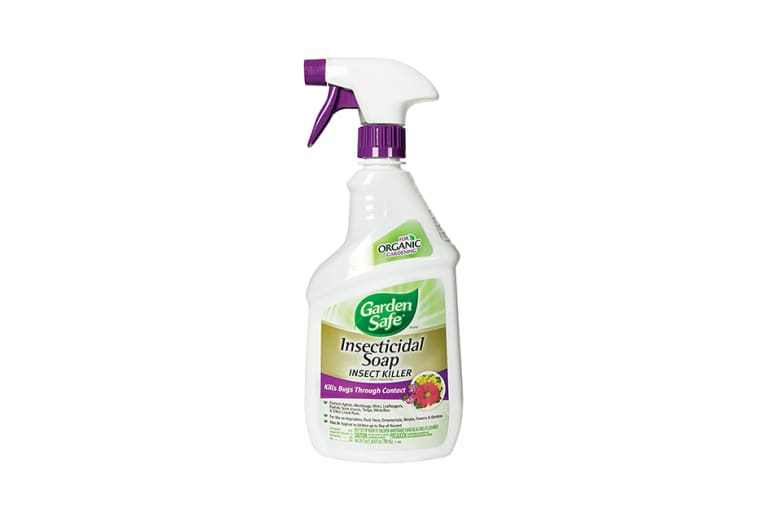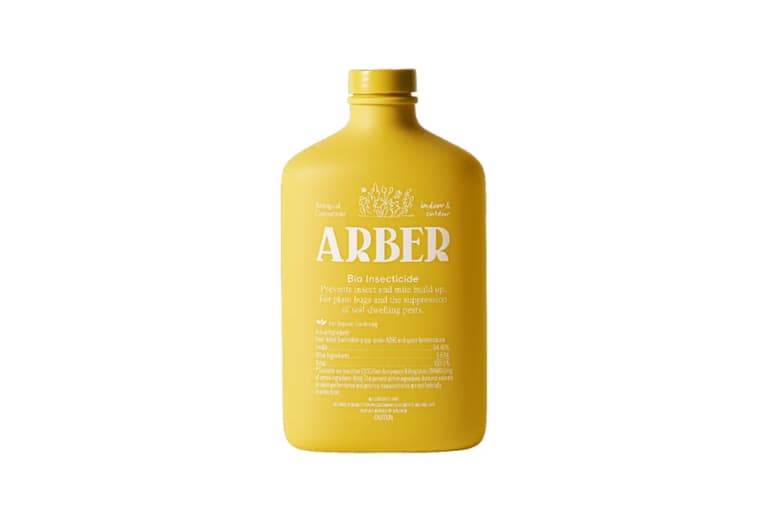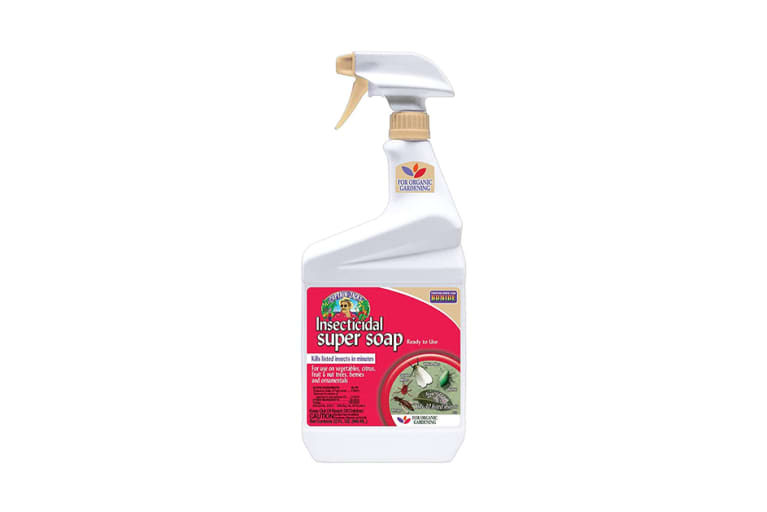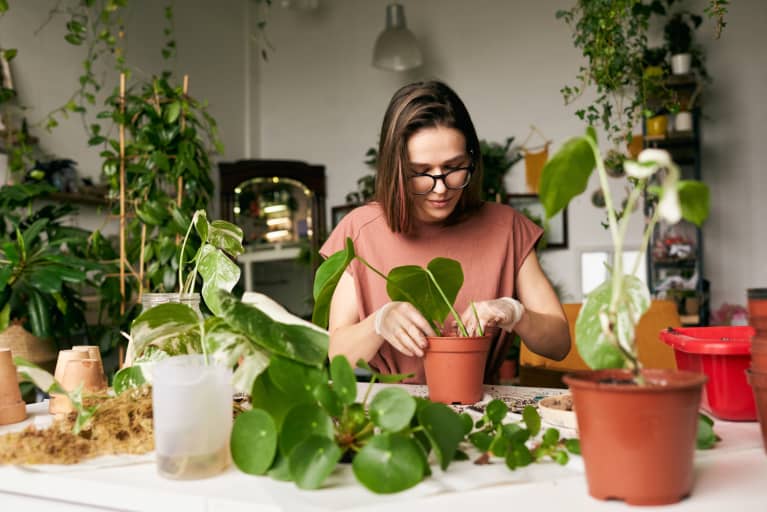
Our editors have independently chosen the products listed on this page. If you purchase something mentioned in this article, we may earn a small commission.
September 16, 2022 — 12:33 PM
Houseplants are living things, and they’re bound to attract other living things (ahem, bugs) at some point. While houseplant pests are inevitable, they can be managed with a little diligence and know-how.
Here, experts share how to identify and kill bugs in houseplants to keep your greenery collection looking good as new.
How bugs get into houseplants.
Pests have a knack for seeking out tasty plants, even those that are situated indoors. They can fly or blow into your home through a window, hitch a ride on your clothes, arrive on a new plant, or come in on fruit or vegetables. Stressed plants that are not getting proper care also tend to send out signals that attract pests. Many of these critters reproduce very quickly (and asexually), so before you know it, one or two bugs can become a full-blown infestation.
“There are so many ways they can come in, and my message is always that it’s normal to have pests if you have plants. It’s almost unavoidable,” Roos Kocken, a houseplant expert and sustainability advocate, tells mbg.
With that being said, getting into the habit of regularly checking your plants for signs of pests is a smart idea.
Pests can happen any time of year, but Kocken has noticed they tend to be especially active during seasonal transitions into spring and fall. Since bugs can often be trailed in on houseplants from the shop, you’ll also want to keep an eye on any new plants you buy. Once you bring it home, “it is advised that you keep that plant separate from the rest for two weeks, inspecting it regularly for pests before allowing it into the fold, so to speak,” Lauren Camilleri and Sophia Kaplan of Bloom: Flowering Plants for Indoors and Balconies recommend.
Common houseplant pests & their telltale signs:
So, what exactly are you looking for when checking your plants for pests? “The pests themselves are so small that you probably won’t see them,” Kocken says, “but you can spot the damage they create earlier.”
Here’s an overview of the pests you’ll often find on houseplants, and what their trails look like.
- Spider mites: “Spider mites are minuscule sucking creatures that can live on the undersides of leaves,” Camilleri and Kaplan explain. While they’re usually too small to see, Morgan Doane, author of the upcoming book How To Plant a Room: And Grow a Happy Home, says that you’ll be able to spot them by the fine webs they weave along the bases of leaves and at stem junctures. They also might leave behind tiny white or yellow spots on your plant’s leaves.
- Mealybugs: Mealybugs are white, powdery-looking critters that tend to leave behind a sticky sap on plants. Larger ones will be visible to the naked eye.
- Scales: “Scales don’t look much like insects at all,” says Doane. “They look like a little dried, brown scale attached to the leaf. They can show up in clusters, usually on stems or the undersides of leaves.” She adds that sticky sap is another telltale sign of a scale infestation.
- Fungus gnats: These tiny, slow-flying black gnats resemble fruit flies but they tend to hover at the base of houseplants. “Fungus gnats will be visible in their adult form as tiny flies,” Doane says.
- Aphids: Aphids are small, soft-bodied, and wingless critters that suck sap from leaves and stems of plants. “They often hide in the nooks and crannies of plants, so when watering, it’s great to do a quick check under leaves, in new growth, and in the potting mix,” Camilleri and Kaplan suggest. White flakes, yellowing leaves, and stunted growth are also signs of aphids.
How to get rid of bugs in houseplant soil.
probiotic+
Tackle your gut issues now, so you don’t have to think about them later.*
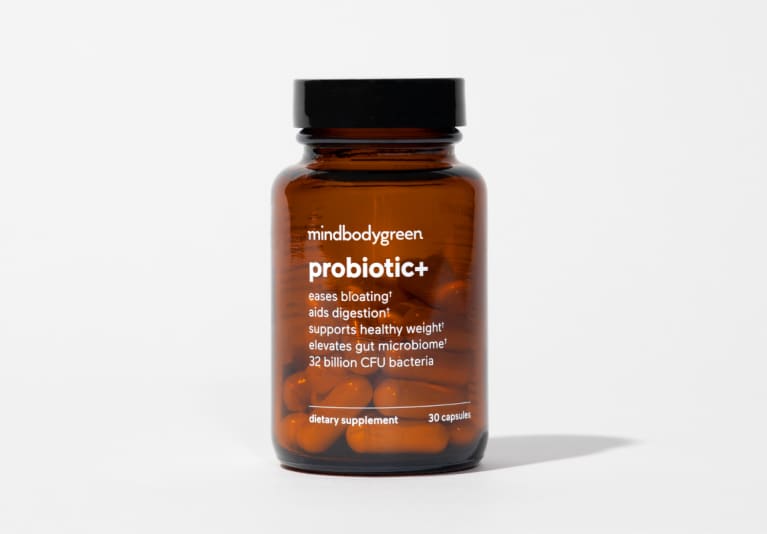
Once you’ve determined you have a pest problem, you have a few options depending on how severe the infestation is. Here are the treatment plans the plant pros recommend, in order of least to most involved:
Option 1: Spray them off with water.
If you spot a few larger pests, like mealybugs, on your plant’s leaves, you can try to get rid of them by simply spraying them with water from a faucet or shower. Just be sure to aim away from your plant’s soil so they don’t just end up falling in there.
Option 2: Spray a gentle insecticide.
Insecticidal soaps can be very effective at killing soft-bodied insects like aphids, spider mites, and mealybugs. Made from potassium salts of fatty acids, they work by washing away pests’ protective coating and then breaking down their cells. They can damage your plant when sprayed in high amounts, so be sure to follow the manufacturer’s instructions when using them. Most will need to be sprayed on the tops and bottoms of your plant’s leaves and soil every five to seven days while insects are present.
Bioinsecticide sprays offer another solution; these are made from bacteria that can kill pests but shouldn’t harm your plant.
It’s best to choose an insecticide that is made using organic materials instead of a synthetic that might make your plant toxic to you and your pets. Consider one of the options below or make your own natural pesticide using this how-to guide.
Shop natural insecticides:
